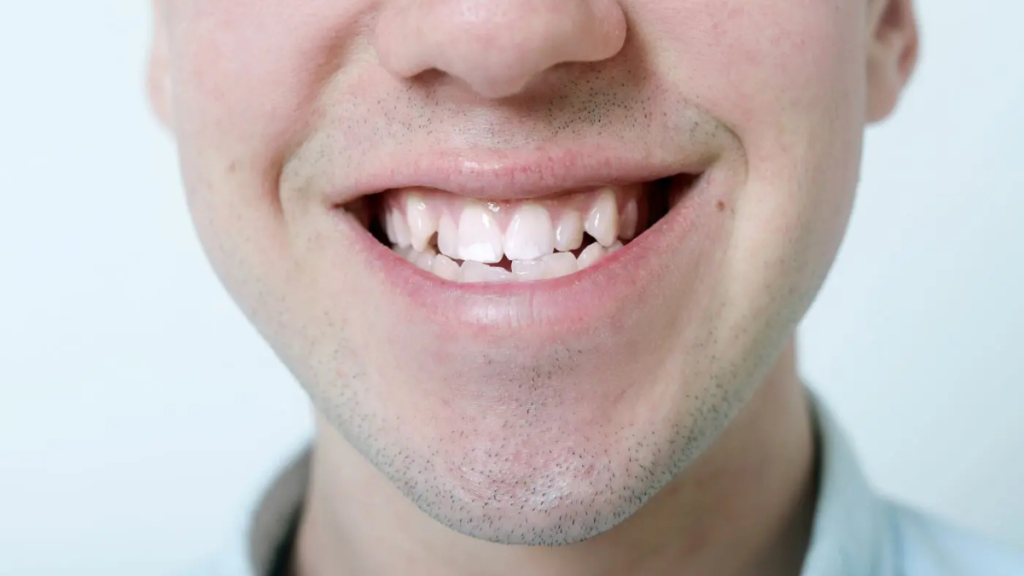When people think of dental alignment, they tend to picture braces, retainers, or the occasional awkward yearbook photo. But your bite isn’t just about how your teeth look. It plays a major role in how your body functions. The alignment of your jaw affects more than aesthetics—it influences how you eat, speak, sleep, and even how you hold your posture. A misaligned jaw—often underestimated—can quietly throw off that balance. Let’s take a closer look at six surprising ways your bite might be holding you back.
The Risk of Overcrowding: Why the Bite Starts to Spiral
Bite alignment begins with how your teeth grow in. When the jaw doesn’t offer enough space for all your teeth to come in comfortably, crowding happens. The risk of overcrowding isn’t just a cosmetic issue—it’s a structural one. When teeth compete for limited space, they push and twist in awkward directions, disrupting the natural way your mouth is supposed to close.
This imbalance doesn’t stay in the mouth. It can strain your jaw joints, push on your facial nerves, and make it difficult to maintain consistent hygiene, increasing your chances of decay or gum disease. Left unaddressed, overcrowding can compound over time, eventually changing the way your facial muscles move or how pressure is distributed when you chew.
How Dentists Can Catch Problems Early—and Why Your Insurance Should Work for You
One of the smartest moves you can make is getting your bite evaluated before problems surface. General checkups can flag jaw misalignment, uneven wear on enamel, or shifting teeth—all signs that something’s off. The good news is that getting dental insurance in PA, WA, NY, and other states will often coverbasic and preventive care.
Many insurance programs include annual exams, X-rays, and some level of orthodontic consultation. What people miss is that these services aren’t just for emergency fillings or whitening trays—they’re tools to catch misalignment issues before they cost you in pain, time, or more expensive procedures.
Early diagnosis can lead to manageable interventions. Clear aligners, bite guards, or minor adjustments might be all it takes to realign your bite and protect your long-term comfort. And when insurance benefits reset annually, it’s smart financial sense to schedule these evaluations regularly.
Misalignment and Speech: When Talking Becomes Work
Speaking clearly requires more than a good vocabulary. Your lips, tongue, and teeth have to work together in sync. When the jaw is misaligned, that coordination suffers. Speech can become slurred or inconsistent, and articulation takes more effort. People with certain bite types—like open bites or underbites—may struggle with particular sounds or find themselves repeating words during meetings or presentations.
In professional settings, communication is key. Whether you’re pitching a new idea, recording a video, or leading a team, your ability to speak with confidence makes a difference. If your jaw is slightly out of place, you might not notice the issue consciously, but your vocal fatigue or reduced clarity could become obstacles. Correcting jaw misalignment can not only improve speech—it can reduce the muscular tension and strain that comes with compensating for it.
Headaches, Jaw Pain, and the Hidden Migraine Trigger
That low-grade headache that shows up by mid-afternoon? It might not be your screen or your stress. Jaw misalignment is a common, often-overlooked trigger for chronic headaches and even migraines. When the bite is off, the temporomandibular joint (TMJ) can become irritated. This tight area connects your jaw to your skull and shares nerve pathways with parts of your head and neck.
A bite that doesn’t align puts constant pressure on this joint and the surrounding muscles. That strain leads to pain radiating across the temples, ears, and neck—mimicking or intensifying migraines. People often treat the symptom (the headache) without tracing it back to the mechanical root.
How Bite Alignment Shapes Your Posture
It sounds strange at first, but the way your jaw sits affects how your entire body holds itself. Think of your jaw as the front anchor in a long chain that includes your neck, spine, and hips. If your bite shifts forward or to one side, the muscles in your head and neck work harder to compensate. That imbalance often leads to tilted shoulders, tight traps, or even lower back discomfort.
Posture problems that seem to stem from desk work or poor chairs may actually be connected to your jaw. In industries where hours are spent behind screens or on calls, this extra layer of strain builds quietly. Over time, it contributes to fatigue, reduced range of motion, and even breathing inefficiency.
Aligning the bite can realign the chain. It helps your head sit in a more neutral position, reducing the need for muscles to overcompensate. In some cases, correcting a jaw issue can even improve sleep and reduce snoring, since the tongue and airway position are affected by how the jaw sits.

